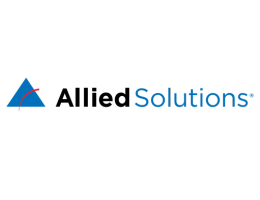The primary purpose of insurance tracking is to track outstanding collateral to ensure your financial investment in these collateralized loans is protected by insurance. However, a well-rounded, well-managed insurance tracking program can do so much more than that.
The most successful insurance tracking programs leverage vendor partnerships, technology tools, and data tracking software to deliver on core business objectives, beyond just collateral risk mitigation. These core strategies include the following:
1. Proactive Risk Management:
- Tracking the entire loan portfolio in real-time.
- Having an understanding of risk exposure level on any given day.
- Reviewing weekly reports of uninsured collateral.
2. Heightened Customer Service:
- Sending accurate, timely notifications to consumers about theiruninsured property.
- Helping consumers locate affordable insurance options for their property.
- Educating consumers about future and present risks.
3. Regulatory Compliance:
- Keeping a working knowledge of insurance tracking compliance requirements.
- Performing regular compliance audits or reviews.
4. National Catastrophe Management:
- Staying informedabout newly affected consumers and territories.
- Performing processes that aim to help consumers address related risks.
- Implementing compliance requirements enforced during a national catastrophe.
Readonto learn how exactly insurance tracking can satisfy these core business goals.








